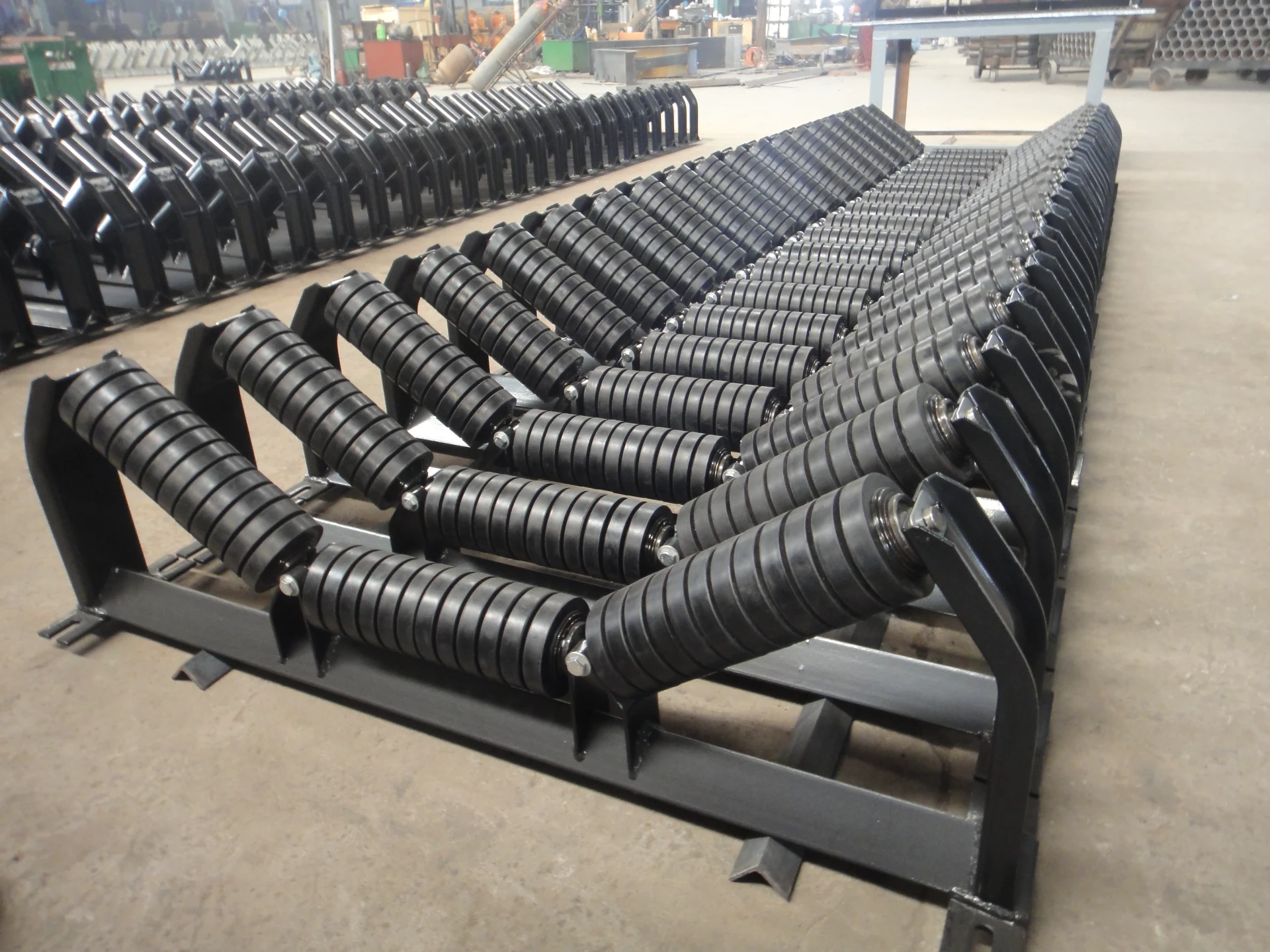 Afrikaans
Afrikaans  Albanian
Albanian  Amharic
Amharic  Arabic
Arabic  Armenian
Armenian  Azerbaijani
Azerbaijani  Basque
Basque  Belarusian
Belarusian  Bengali
Bengali  Bosnian
Bosnian  Bulgarian
Bulgarian  Catalan
Catalan  Cebuano
Cebuano  Corsican
Corsican  Croatian
Croatian  Czech
Czech  Danish
Danish  Dutch
Dutch  English
English  Esperanto
Esperanto  Estonian
Estonian  Finnish
Finnish  French
French  Frisian
Frisian  Galician
Galician  Georgian
Georgian  German
German  Greek
Greek  Gujarati
Gujarati  Haitian Creole
Haitian Creole  hausa
hausa  hawaiian
hawaiian  Hebrew
Hebrew  Hindi
Hindi  Miao
Miao  Hungarian
Hungarian  Icelandic
Icelandic  igbo
igbo  Indonesian
Indonesian  irish
irish  Italian
Italian  Japanese
Japanese  Javanese
Javanese  Kannada
Kannada  kazakh
kazakh  Khmer
Khmer  Rwandese
Rwandese  Korean
Korean  Kurdish
Kurdish  Kyrgyz
Kyrgyz  Lao
Lao  Latin
Latin  Latvian
Latvian  Lithuanian
Lithuanian  Luxembourgish
Luxembourgish  Macedonian
Macedonian  Malgashi
Malgashi  Malay
Malay  Malayalam
Malayalam  Maltese
Maltese  Maori
Maori  Marathi
Marathi  Mongolian
Mongolian  Myanmar
Myanmar  Nepali
Nepali  Norwegian
Norwegian  Norwegian
Norwegian  Occitan
Occitan  Pashto
Pashto  Persian
Persian  Polish
Polish  Portuguese
Portuguese  Punjabi
Punjabi  Romanian
Romanian  Russian
Russian  Samoan
Samoan  Scottish Gaelic
Scottish Gaelic  Serbian
Serbian  Sesotho
Sesotho  Shona
Shona  Sindhi
Sindhi  Sinhala
Sinhala  Slovak
Slovak  Slovenian
Slovenian  Somali
Somali  Spanish
Spanish  Sundanese
Sundanese  Swahili
Swahili  Swedish
Swedish  Tagalog
Tagalog  Tajik
Tajik  Tamil
Tamil  Tatar
Tatar  Telugu
Telugu  Thai
Thai  Turkish
Turkish  Turkmen
Turkmen  Ukrainian
Ukrainian  Urdu
Urdu  Uighur
Uighur  Uzbek
Uzbek  Vietnamese
Vietnamese  Welsh
Welsh  Bantu
Bantu  Yiddish
Yiddish  Yoruba
Yoruba  Zulu
Zulu Feb . 04, 2025 05:45
Back to list
Comb Roller
In the dynamic world of modern manufacturing and logistics, conveyor belt systems play a crucial role in ensuring efficient material handling processes. Central to these systems are the conveyor belt return rollers, components that while often overlooked, are indispensable for optimal conveyor function.
Furthermore, the innovative integration of self-cleaning features in some roller designs can reduce maintenance needs and prevent material build-up. Such advanced solutions reduce downtime and enhance the overall dependability of the conveyor system, optimizing operational costs and productivity. Maintenance regimes tailored to the specific application and material of the return rollers are critical to ensure sustained performance and reliability. Regular inspections can help in early detection of issues such as unusual noise, vibration, or visible wear scars, which are often precursors to potential operational failures. Implementing a predictive maintenance schedule using modern technologies like IoT sensors can offer real-time insights into the condition of the rollers, enabling preemptive actions to mitigate any disruptions in the production line. For businesses aiming to optimize their material handling systems, selecting the right conveyor belt return rollers can be vital. It requires a balance between efficacy, durability, and cost-effectiveness, tailored to the specific operational needs of the enterprise. From heavy-duty mining operations to delicate food processing industries, choosing return rollers aligned with the operational requirements guarantees a seamless conveyance system that boosts productivity and profitability. In conclusion, conveyor belt return rollers, often considered simple components, hold the key to achieving a seamless and efficient conveyor system. Their design, material, and maintenance precede their nominal role, making them a cornerstone in the landscape of modern automated material handling solutions. For industry players looking to stay ahead, understanding and investing in the right return rollers can be the linchpin that holds their operational facility together, ensuring longevity, reliability, and performance that aligns with both current and future demands.


Furthermore, the innovative integration of self-cleaning features in some roller designs can reduce maintenance needs and prevent material build-up. Such advanced solutions reduce downtime and enhance the overall dependability of the conveyor system, optimizing operational costs and productivity. Maintenance regimes tailored to the specific application and material of the return rollers are critical to ensure sustained performance and reliability. Regular inspections can help in early detection of issues such as unusual noise, vibration, or visible wear scars, which are often precursors to potential operational failures. Implementing a predictive maintenance schedule using modern technologies like IoT sensors can offer real-time insights into the condition of the rollers, enabling preemptive actions to mitigate any disruptions in the production line. For businesses aiming to optimize their material handling systems, selecting the right conveyor belt return rollers can be vital. It requires a balance between efficacy, durability, and cost-effectiveness, tailored to the specific operational needs of the enterprise. From heavy-duty mining operations to delicate food processing industries, choosing return rollers aligned with the operational requirements guarantees a seamless conveyance system that boosts productivity and profitability. In conclusion, conveyor belt return rollers, often considered simple components, hold the key to achieving a seamless and efficient conveyor system. Their design, material, and maintenance precede their nominal role, making them a cornerstone in the landscape of modern automated material handling solutions. For industry players looking to stay ahead, understanding and investing in the right return rollers can be the linchpin that holds their operational facility together, ensuring longevity, reliability, and performance that aligns with both current and future demands.
Next:
Latest news
-
Revolutionizing Conveyor Reliability with Advanced Rubber Lagging PulleysNewsJul.22,2025
-
Powering Precision and Durability with Expert Manufacturers of Conveyor ComponentsNewsJul.22,2025
-
Optimizing Conveyor Systems with Advanced Conveyor AccessoriesNewsJul.22,2025
-
Maximize Conveyor Efficiency with Quality Conveyor Idler PulleysNewsJul.22,2025
-
Future-Proof Your Conveyor System with High-Performance Polyurethane RollerNewsJul.22,2025
-
Driving Efficiency Forward with Quality Idlers and RollersNewsJul.22,2025
OUR PRODUCTS





























